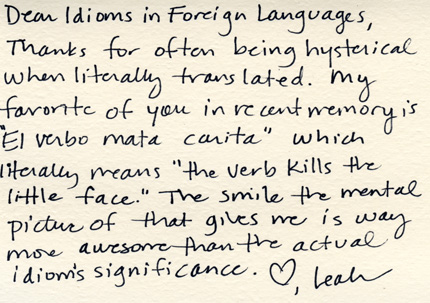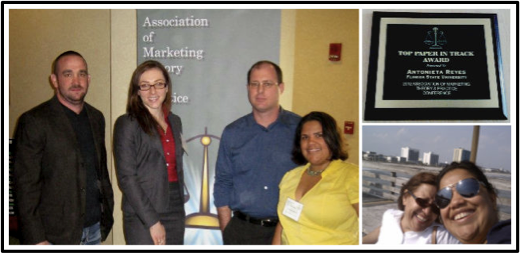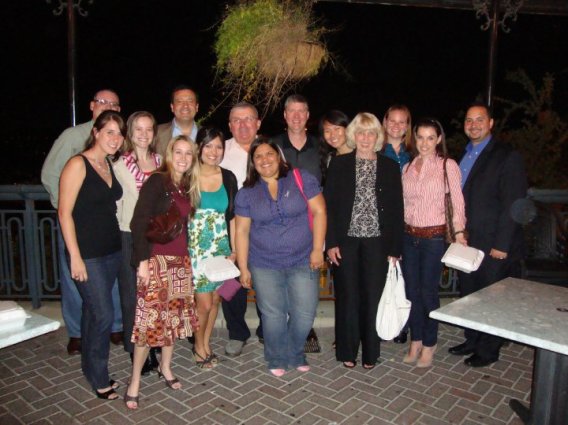by Antonieta Reyes
Last week, I attended my first Southern States Communication Association Conference. I didn’t know quite what to expect and I started freaking out after attending the first session and realizing that there was no visual aid and that it followed a panel format. I ran to my room, took out my paper and proceeded to edit it and prepare it to be presented in the required format. I went into my session feeling queasy but walked out feeling great. My paper was well received; I got great feedback, and made some new friends. I realized two things: at conferences, you really need to be prepared for anything… and, music never lets you down.
Music is central to Hispanics’ well being and given the opportunity, we will play music or listen to the radio nonstop. Music and lyrics carry cultural meaning and serve as social regulators that communicate norms and values. This inspired me to write my paper titled Portrayals of Men and Women in Latin Music, in which I name and discuss gendered themes found in top Latin songs from 1999 and 2009’s Hot Latin Songs Billboard charts. I have to say… this was probably the most fun I have ever had working on a paper.

That’s me, in a pensive mood a few minutes before my presentation.
Right: a snapshot of my panel from the program
Through my analysis, I found that although many of the stereotypes and messages of gender inequality continue to be present, messages that challenge stereotypes and traditional gender schemas were also found… and that is good news. As Rosie Molinary points out in her book Hijas Americanas (quoted in my paper), young Hispanic girls need good role models to inspire them and to learn from. The underrepresentation of women in media affects the girls [and boys] that are growing up consuming it. Molinary argues that the concept of being Latina in America is more complex that we admit to and needs to be better understood.
I don’t know if songwriters are aware of their writing or listeners aware of the messages in media. Either way, I believe that music serves as a tool that affects our personality and worldview by reinforcing and challenging norms and behaviors. Bet you’ll be paying more attention to what you’re listening to… (mischievously smiling).
Like always, there’s a lot more to this research. If you’d like a copy, please send me an email at ar07@my.fsu.edu.


